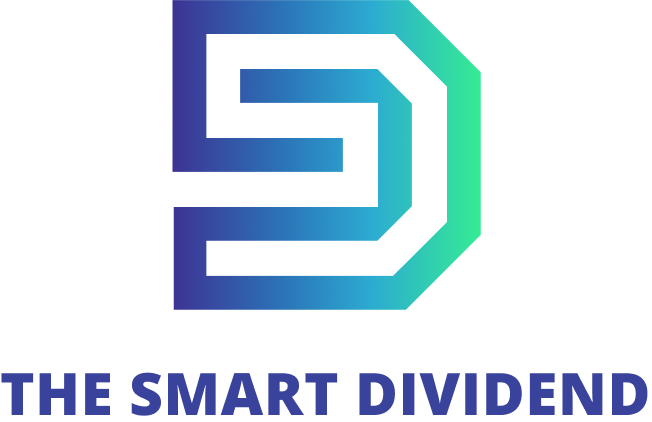
“If your team doesn’t know what good looks like, then it’s unlikely they are going to achieve it.”
COMMENTS made by one of the country’s most influential business experts towards the end of last year put the issue of leadership firmly in the spotlight.
Anne Francke, the chief executive of the CMI, told the Financial Times how the need for more skilled managers across the UK was being “dangerously overlooked”.
Ms Francke added in her FT interview a call to arms for the government to step up its support for better preparing leaders of the future.
Her comments followed the results of a survey last year by 101 cross-party MPs, which found that just one in four (24 percent) respondents said improving the quality of management and leadership in UK businesses, public services and other organisations should be a high priority for the government in the next year.
Ms Francke is right to put this issue in the spotlight, and businesses can certainly benefit by thinking more about it.
So, what makes a good leader?
Creating a vision:
“The first thing that I think is important, is to create a clear and strategic vision of what it is that you as a team are trying to achieve.”
“That vision needs to be consistent and understood across the organisation.”
“Quite often there will be a vision that is created at the board level but by the time you get down to the troops on the ground in the office or in the organisation, it’s a meaningless memo that has no explanation.”
Work hard to embed it:
“Once you’ve created a vision you need to work hard to embed it. There is no point in just creating a paragraph or some words, you’ve got to bring it to life, you’ve got to actually embed it so that there is a clear culture and a clear vision of what you are trying to achieve.”
“So, I think first and foremost the important thing is actually setting out your stall. Who are you and what are you? What makes you different as a team and an organisation and what are you trying to achieve together?”
Be clear:
“Having a vision and embedding it is fine. But it means nothing if you don’t communicate it effectively. The next part about this is making sure everybody is very clear in terms of their roles, responsibilities and expectations. If your team doesn’t know what good looks like, then it’s unlikely they are going to achieve it.”
“Trying to clearly set out what you are responsible for, this is the way in which you expect you to conduct yourself to get there, these are the types of results and levels we are expecting. All of those things are about setting the framework.”
Empower others:
“The next thing is creating empowerment across the team. One of the problems in setting up a clear and rigid framework is that sometimes that can be limiting on the talent that is available within the team.”
“The clear thing for me is setting up a tangible set of expectations as far as approach, method, and results. But then, trying to give enough scope to the individual or to the team or sub-team, to say how you get there is up to you as a group.”
“It’s important to try and not put any limitation on the team’s output or success.”
“Aim to set a framework and objectives but don’t make the framework limiting in any way, because often that can stifle performance and stifle the ability to deliver.”
“Instead, create something that is robust in its order and structure but lenient enough to allow freedom or growth of the individuals that are in the delivery piece.”
Create a safety net:
“I think also creating some form of environment of a safety net is key. Again, it’s about giving the freedom of ‘try and fail, try and fail’. Let that individual have a go and make sure you give them an environment where there is an ability to be independent in the role.”
“I would also say a key lesson in leadership is to create a robust feedback loop.”
“I passionately believe that learning is best by doing but there needs to be the ability to do and fail.”
“When you create that environment of a debrief, learning, application; it fast tracks performance and growth.”
Put training in place:
“Next it’s vital to consider training and motivation, there should be a clear structure of growth and what the next level looks like, so you always have a step ahead you’re striving for.”
“The true goal for all leadership is to create a meritocracy and in order to do that you have to have the ability for everyone to be open and honest. You want a diverse and inclusive team of individuals as no team will perform very well if they are the same.”
And finally, remember:
“The reality is that no team functions when they are all the same type. You need a team that is based on merit not bias, and is made up of a broader spectrum of individual types as possible.”
“What should bind you together is your agreement with the culture and your aspiration to deliver the vision. The thing that binds the team is that you all want the same output but come at it from a different perspective. That’s when you get greatness in a team.”
Read more:
The art of leadership in business

